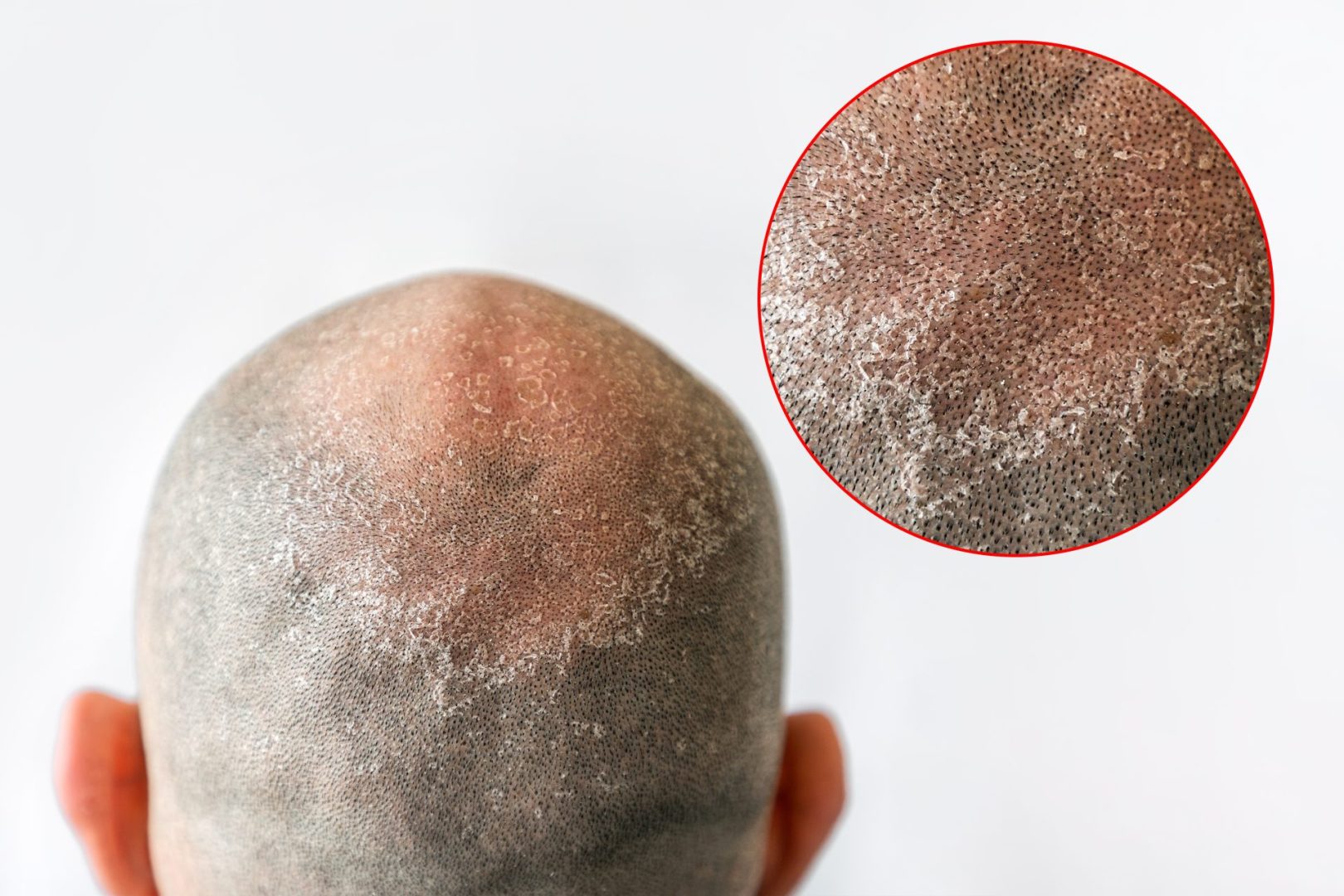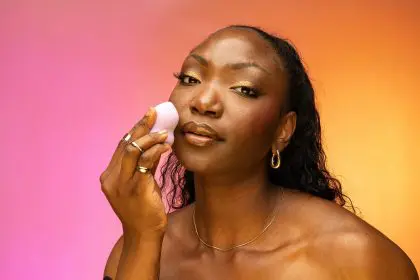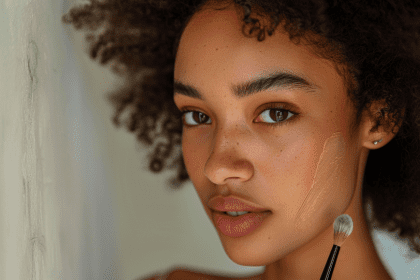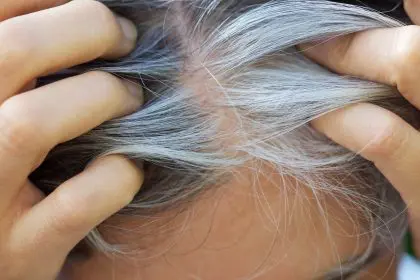The throbbing pain hits you hours after leaving the beach, pool, or outdoor event. Your scalp feels like it’s on fire, tender to the touch, and every movement of your hair sends sharp reminders of your forgotten sun protection. This common summer injury affects millions who underestimate how vulnerable their scalp remains to UV damage.
Unlike other areas of the body that receive regular sun exposure throughout the year, the scalp often lacks the natural protection that comes from gradual tanning. Hair provides some coverage, but thinning areas, part lines, and areas where hair naturally separates leave vulnerable skin exposed to intense UV radiation.
The scalp’s unique anatomy makes sunburn particularly uncomfortable in this area. The thin skin, numerous nerve endings, and tight connection to underlying structures create intense pain that can radiate throughout the head and neck region.
Understanding scalp sunburn severity
Scalp sunburn manifests through several distinct symptoms that help determine appropriate treatment approaches. Recognizing these signs early enables faster intervention and better healing outcomes.
Redness appears first, often developing within hours of sun exposure. This initial inflammation indicates UV damage to skin cells and triggers the body’s healing response through increased blood flow to affected areas.
Peeling typically begins 2-3 days after initial sun exposure as damaged skin cells slough off to make room for healthy tissue underneath. This natural healing process can be managed to minimize discomfort and prevent infection.
Immediate cooling strategies that work
- Ice-cold water rinses provide instant relief from burning sensations. Gentle streams of cool water help reduce inflammation while removing heat from damaged tissues. This simple intervention often provides the most immediate comfort for acute scalp sunburn.
The temperature shock helps interrupt pain signals while reducing blood vessel dilation that contributes to throbbing sensations. Multiple cool rinses throughout the day maintain comfort levels while supporting natural healing processes.
Avoiding hot water becomes crucial during the healing period, as heat can worsen inflammation and prolong recovery time. Even lukewarm water may feel uncomfortably warm on severely burned scalp tissue.
Natural healing compounds for skin repair
- Aloe vera gel delivers powerful anti-inflammatory and cooling effects. This natural remedy contains compounds that reduce inflammation while providing moisture essential for healing damaged skin cells.
Fresh aloe vera gel applied directly to affected areas provides superior results compared to commercial products containing additives or preservatives. The plant’s natural cooling properties offer immediate relief while supporting long-term tissue repair.
Reapplication every few hours maintains therapeutic levels while preventing the gel from drying out on the scalp. This consistent moisture helps prevent excessive peeling while reducing pain levels.
Protective washing techniques during recovery
- Gentle cleansing prevents secondary irritation while supporting healing. Skipping shampoo for 24-48 hours allows damaged skin to begin recovery without additional chemical irritation from cleansing products.
When cleansing becomes necessary, using sulfate-free, gentle formulations minimizes disruption to healing tissues. These products clean effectively without stripping natural oils that protect damaged skin.
Cool water rinses between shampooing days help remove debris and sweat while maintaining cleanliness without chemical irritation. This approach balances hygiene needs with healing requirements.
Cold therapy applications for pain management
- Targeted cold compress treatments reduce inflammation and numb pain. Wrapping ice packs in soft cloth creates controlled cooling that reduces swelling while providing temporary pain relief.
Ten to fifteen minute applications followed by breaks prevent tissue damage from excessive cold while maximizing therapeutic benefits. This cycling approach maintains comfort without risking cold injury to already damaged skin.
Frozen gel packs conform better to scalp contours compared to rigid ice packs, ensuring even cooling across affected areas. These specialized tools provide consistent temperature control for optimal results.
Over-the-counter medication strategies
- Anti-inflammatory medications address both pain and swelling simultaneously. Ibuprofen or naproxen taken according to package directions help reduce systemic inflammation while managing pain levels.
These medications work from inside the body to reduce inflammatory responses that contribute to pain, swelling, and prolonged healing times. Starting treatment early often provides better results than waiting for symptoms to intensify.
Combination approaches using both topical and oral treatments often provide superior relief compared to single interventions. This comprehensive strategy addresses multiple aspects of sunburn recovery.
Topical steroid applications for severe cases
- Hydrocortisone cream reduces intense inflammation and itching. Low-strength, over-the-counter hydrocortisone preparations help control inflammatory responses that create discomfort and delay healing.
Application should be limited to affected areas using thin layers to prevent skin thinning or other side effects associated with topical steroids. Following package directions ensures safe, effective use.
Combining hydrocortisone with moisturizing treatments often provides better results than using either approach alone. This combination addresses inflammation while supporting skin barrier repair.
Protective strategies during healing
- Sun avoidance and physical protection prevent additional damage. Healing scalp tissue remains extremely vulnerable to further UV injury, making protection essential during recovery periods.
Wide-brimmed hats provide comprehensive coverage while allowing air circulation that supports healing. Choosing breathable materials prevents overheating while maintaining effective sun protection.
When sun exposure becomes unavoidable, applying broad-spectrum sunscreen to healing areas prevents additional damage. Spray formulations often provide easier application to tender scalp areas.
Advanced treatment considerations
Essential oil additions to cooling treatments may provide enhanced relief for some individuals. Peppermint or eucalyptus oils diluted in carrier oils create cooling sensations while potentially supporting healing processes.
Moisturizing treatments become increasingly important as healing progresses and peeling begins. Gentle, fragrance-free moisturizers help maintain skin hydration while reducing flaking and itching.
Sleep positioning adjustments can reduce contact between tender scalp areas and pillows. Using soft, smooth pillowcases minimizes friction that can disrupt healing tissue.
When professional treatment becomes necessary
Severe blistering or signs of infection require medical evaluation beyond home treatment capabilities. These complications can lead to permanent scarring or serious health consequences without proper intervention.
Fever, chills, or spreading redness may indicate systemic infection requiring immediate medical attention. These symptoms suggest that simple sunburn has progressed to a more serious condition.
Persistent pain or worsening symptoms after several days of appropriate home treatment warrant professional evaluation. Some individuals require prescription treatments for optimal healing.
Prevention strategies for future protection
Regular sunscreen application to scalp areas provides the most effective prevention for future sunburn episodes. Spray formulations make application easier while providing thorough coverage.
Part line rotation helps distribute sun exposure across different scalp areas, preventing concentrated UV damage to single locations. This simple technique significantly reduces sunburn risk.
Seasonal hair trimming can affect scalp sun exposure by changing coverage patterns. Discussing sun protection with hairstylists helps maintain both style preferences and scalp health.
Understanding healing timelines
Mild scalp sunburn typically resolves within 3-5 days with appropriate treatment. Moderate cases may require 1-2 weeks for complete healing, while severe burns can take longer.
Peeling phases represent normal healing processes rather than treatment failures. Managing this phase appropriately prevents secondary complications while supporting natural recovery.
New skin appearing after peeling often shows increased sensitivity to sun exposure. Extended protection periods help prevent immediate re-injury to newly formed tissue.
Lifestyle modifications during recovery
Sleep quality often suffers during scalp sunburn recovery due to pain and sensitivity. Creating comfortable sleeping environments with soft bedding and proper head positioning supports healing.
Hair styling limitations during recovery help prevent additional irritation to healing tissues. Avoiding tight hairstyles, heated tools, and chemical treatments supports optimal healing conditions.
Hydration increases support healing from inside the body while helping maintain skin moisture levels. Adequate fluid intake becomes particularly important during summer months when sunburn risk peaks.
Long-term scalp health considerations
Repeated scalp sunburns increase risks for skin cancer in this highly visible area. Establishing consistent sun protection habits prevents cumulative damage that leads to serious health consequences.
Scalp skin changes with age, becoming thinner and more vulnerable to UV damage. Adjusting protection strategies over time ensures continued effectiveness as skin characteristics change.
Regular skin examinations help identify concerning changes that may result from previous sun damage. Early detection of potential problems enables more effective treatment outcomes.
Building comprehensive sun protection routines
Daily sunscreen application to scalp areas should become as routine as applying sunscreen to face and arms. This habit prevents both acute sunburn and long-term UV damage.
Seasonal adjustments to sun protection acknowledge changing UV intensity and exposure patterns throughout the year. Summer requires more intensive protection compared to winter months.
Activity-specific protection strategies account for different sun exposure risks associated with various outdoor activities. Beach days require different approaches compared to gardening or hiking activities.













